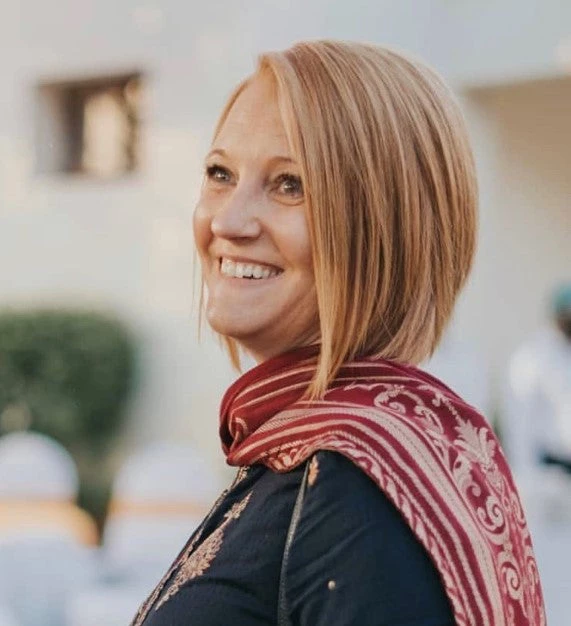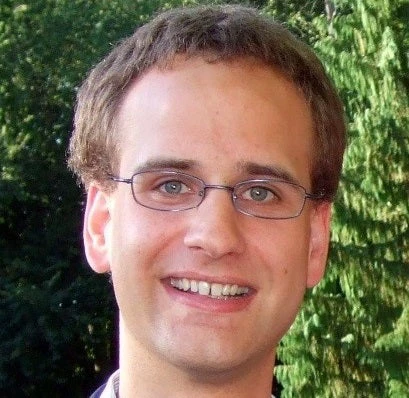 The poor and vulnerable are most impacted in the face of shocks.
The poor and vulnerable are most impacted in the face of shocks.
For nearly two decades, Pakistan made significant strides in the fight against poverty when the country’s poverty rate plummeted from a staggering 64% to just 22% between 2001 and 2018. This remarkable achievement was driven by rising labor incomes in the informal sector and a shift from agriculture to low-skilled services. Millions of Pakistanis escaped the grip of poverty, and optimism flourished.
However, the country’s impressive progress has come to a troubling halt in recent years, reversing years of hard-fought gains, as highlighted in Pakistan’s recent Poverty, Equity, and Resilience Assessment. The jobs that lifted so many out of poverty were often informal and of low productivity, offering little growth of real wages for poor workers—just 2-3% between 2011 and 2021—making it difficult for families to truly benefit from economic gains. By 2018, 14% of the population remained highly vulnerable, teetering just above the poverty line and at risk of falling back in the face of shocks.
Figure 1: Pakistan’s National Poverty Headcount and Number of Poor
Pakistan’s progress in reducing poverty began to slow noticeably after 2015. From 2001 to 2015, the poverty rate declined by about three percentage points per year. But between 2015 and 2018, that pace dropped to less than one percentage point annually.
Economic instability and rising inflation eroded purchasing power further and the devastating floods of 2022 struck, affecting 33 million people, destroying homes, and decimating livelihoods. An additional 13 million Pakistanis were pushed into poverty, bringing the projected poverty rate to 25.3% by 2023-24. The poorest were, once again, disproportionately affected, with nearly one in three poor households reporting direct damage.
Figure 2: Average Household Welfare Over Time, National and by Quintiles
But these disasters were not the sole culprits. The true story lies in the structural weaknesses that made households so vulnerable in the first place. Pakistan’s economic model has long been characterized by consumption-led growth, low investment, and repeated boom-and-bust cycles. While consumption consistently fueled GDP growth, private investment remained stagnant. Growing public debt and fiscal rigidities constrained the state’s ability to invest in people or infrastructure.
At the same time, incomplete and uneven devolution of public services has led to poor local service delivery, regressive taxation, and weak accountability. For instance, lack of properly maintained roads significantly impacts mobility, especially for poor Pakistanis, making it harder to access essential services like healthcare and education. This disproportionately affects females; for instance, if a road is more than 5 kilometers away, the probability of girls being out of school is 76% higher than for boys. Political instability has also stifled business confidence and investment.
Figure 3: Population Density at Multiples of the Poverty Line, 2018/19
Even during the years of poverty reduction, inequality in opportunity remained deeply entrenched. A large majority of Pakistanis, particularly in rural areas, remained clustered just above the poverty line. These households lacked the resources to decisively enter the middle class and remained highly vulnerable to economic or environmental shocks. Their exclusion from quality education, healthcare, and secure employment meant that even modest shocks could push them back into poverty.

Snapshot of Pakistan’s Poverty Barriers
The hard truth is that progress is not permanent. Without addressing the underlying structural deficits, even the most encouraging gains can unravel.

Investing in people, places and access to opportunities.
Four Pathways to a Resilient Future
- Investing in People, Places, and Access to Opportunities
Address Pakistan’s human capital crisis by improving public services, expanding access to education and healthcare, and creating opportunities—especially in disadvantaged and remote districts—while strengthening local governance. - Building Resilience
Make social safety nets like the Benazir Income Support Program, more responsive and inclusive, and expand the National Socio-Economic Registry to better protect vulnerable populations during shocks. - Prioritizing Progressive Fiscal Interventions
Address financial constraints by prioritizing progressive fiscal interventions for the poorest 40% of households. This involves adopting equitable tax policies, enhancing municipal financing, and eliminating inefficient subsidies that benefit wealthier groups. - Developing Better Data Systems for Decision-Making
Invest in high-quality, timely, and granular data systems to guide reform efforts and enable transparent, evidence-based policymaking.
. The journey ahead demands more than just economic growth—it requires a commitment to building systems that protect and empower all Pakistanis, ensuring that progress is not just achieved, but sustained.






Join the Conversation